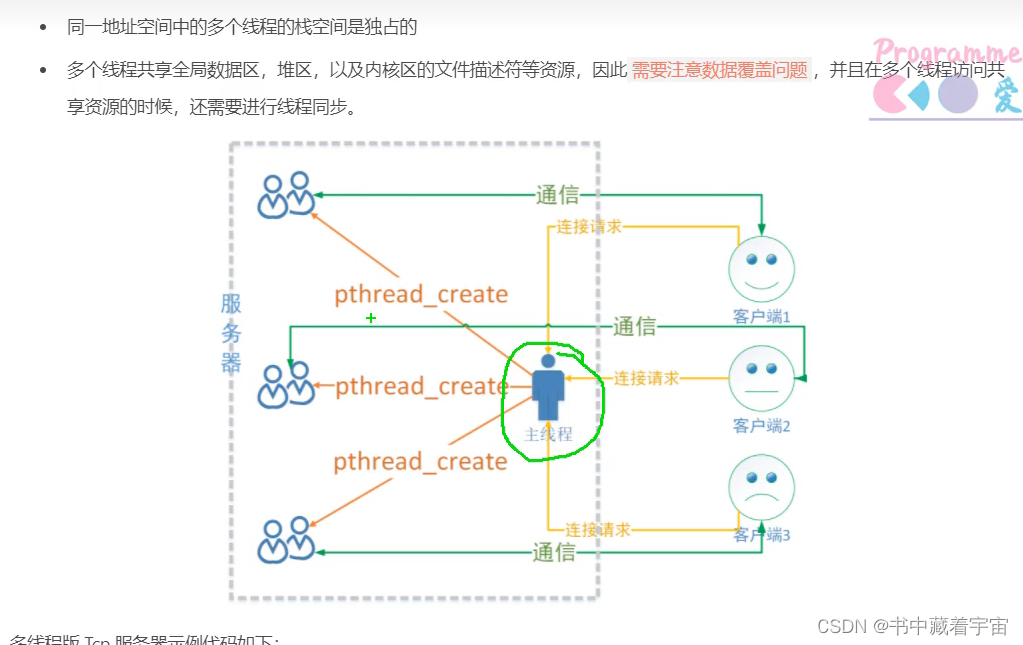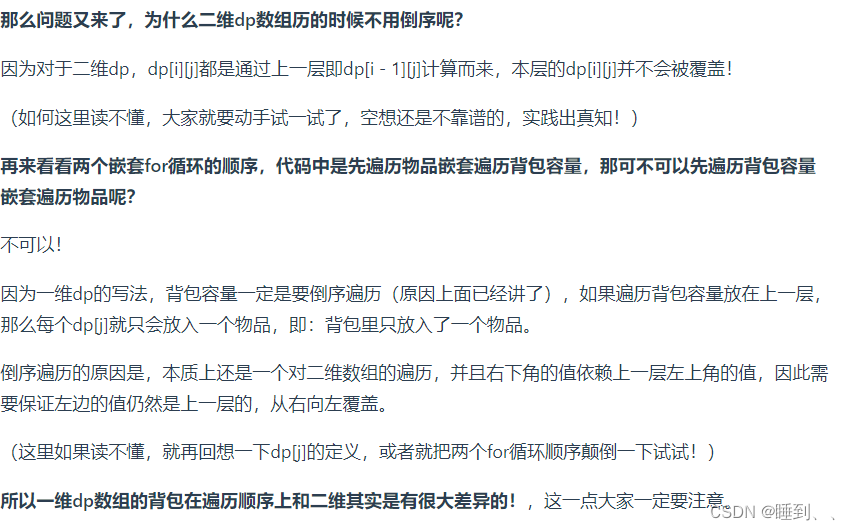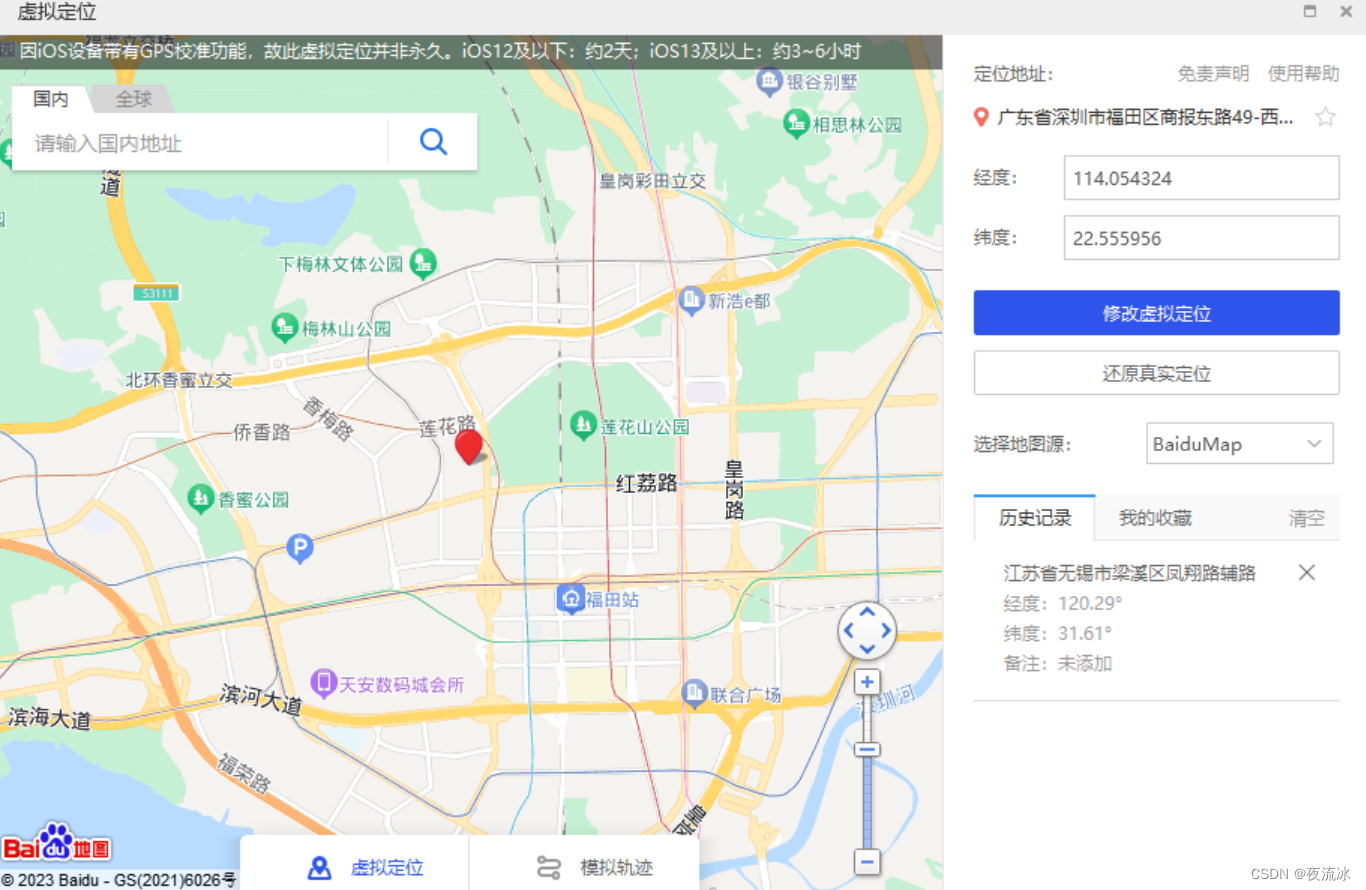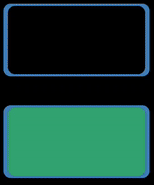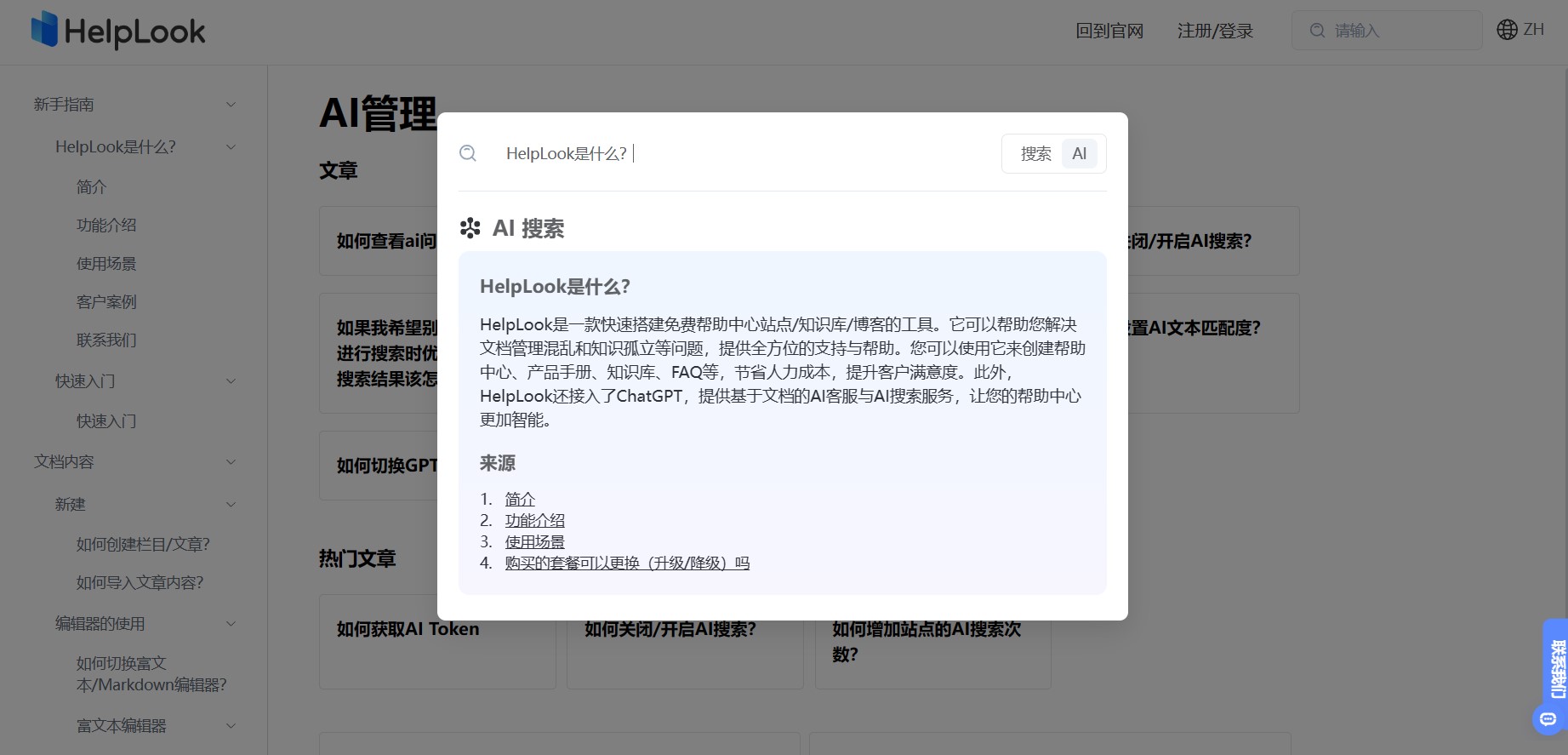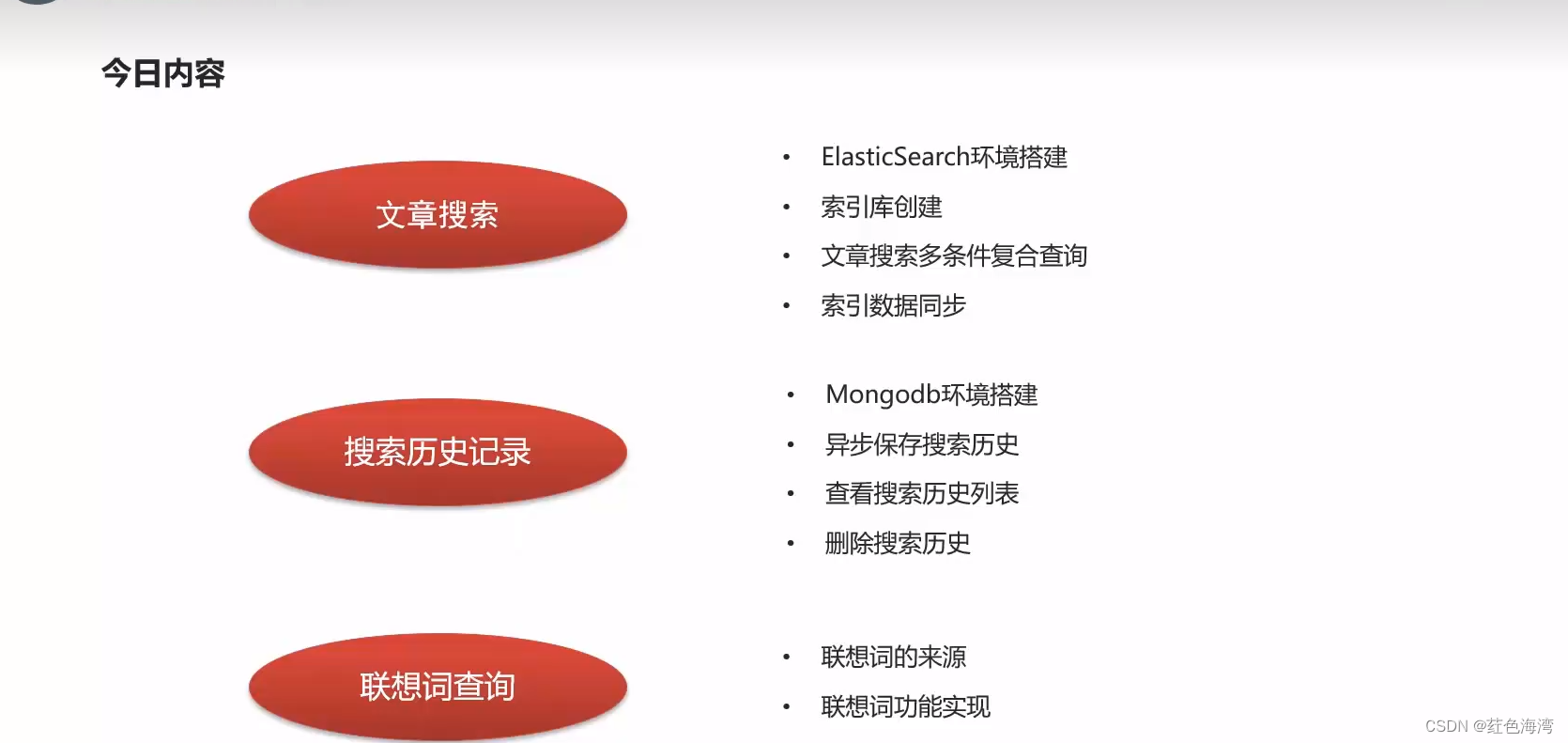NextViT介绍
由于复杂的注意力机制和模型设计,大多数现有的视觉Transformer(ViTs)在现实的工业部署场景中不能像卷积神经网络(CNNs)那样高效地执行,例如TensorRT 和 CoreML。这带来了一个明显的挑战:视觉神经网络能否设计为与 CNN 一样快的推理和与 ViT 一样强大的性能?最近的工作试图设计 CNN-Transformer 混合架构来解决这个问题,但这些工作的整体性能远不能令人满意。
为了结束这些,我们提出了在现实工业场景中有效部署的下一代视觉Transformer,即 Next-ViT,从延迟/准确性权衡的角度来看,它在 CNN 和 ViT 中均占主导地位。
原文地址:Next-ViT: Next Generation Vision Transformer for Efficient Deployment in Realistic Industrial Scenarios
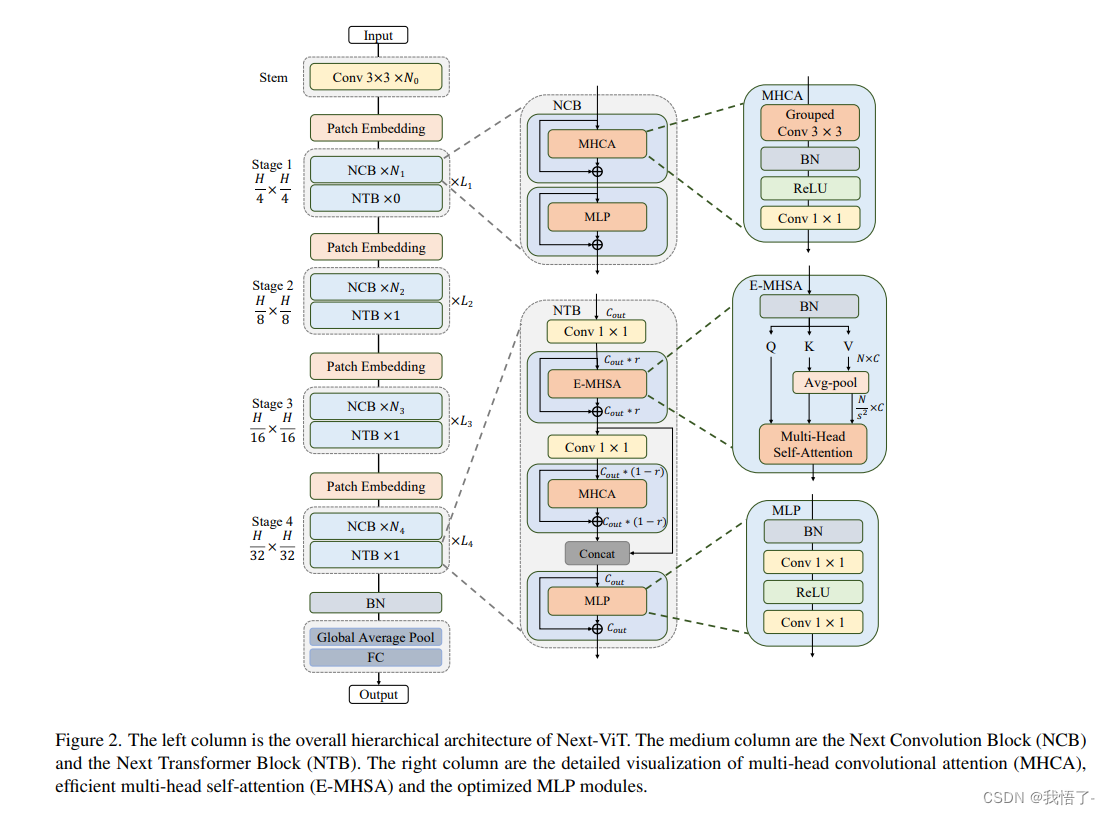
NextViT代码实现
# Copyright (c) ByteDance Inc. All rights reserved.
from functools import partial
import numpy as np
import torch
import torch.utils.checkpoint as checkpoint
from einops import rearrange
from timm.models.layers import DropPath, trunc_normal_
from torch import nn__all__ = ['nextvit_small', 'nextvit_base', 'nextvit_large']NORM_EPS = 1e-5class ConvBNReLU(nn.Module):def __init__(self,in_channels,out_channels,kernel_size,stride,groups=1):super(ConvBNReLU, self).__init__()self.conv = nn.Conv2d(in_channels, out_channels, kernel_size=kernel_size, stride=stride,padding=1, groups=groups, bias=False)self.norm = nn.BatchNorm2d(out_channels, eps=NORM_EPS)self.act = nn.ReLU(inplace=True)def forward(self, x):x = self.conv(x)x = self.norm(x)x = self.act(x)return xdef _make_divisible(v, divisor, min_value=None):if min_value is None:min_value = divisornew_v = max(min_value, int(v + divisor / 2) // divisor * divisor)# Make sure that round down does not go down by more than 10%.if new_v < 0.9 * v:new_v += divisorreturn new_vclass PatchEmbed(nn.Module):def __init__(self,in_channels,out_channels,stride=1):super(PatchEmbed, self).__init__()norm_layer = partial(nn.BatchNorm2d, eps=NORM_EPS)if stride == 2:self.avgpool = nn.AvgPool2d((2, 2), stride=2, ceil_mode=True, count_include_pad=False)self.conv = nn.Conv2d(in_channels, out_channels, kernel_size=1, stride=1, bias=False)self.norm = norm_layer(out_channels)elif in_channels != out_channels:self.avgpool = nn.Identity()self.conv = nn.Conv2d(in_channels, out_channels, kernel_size=1, stride=1, bias=False)self.norm = norm_layer(out_channels)else:self.avgpool = nn.Identity()self.conv = nn.Identity()self.norm = nn.Identity()def forward(self, x):return self.norm(self.conv(self.avgpool(x)))class MHCA(nn.Module):"""Multi-Head Convolutional Attention"""def __init__(self, out_channels, head_dim):super(MHCA, self).__init__()norm_layer = partial(nn.BatchNorm2d, eps=NORM_EPS)self.group_conv3x3 = nn.Conv2d(out_channels, out_channels, kernel_size=3, stride=1,padding=1, groups=out_channels // head_dim, bias=False)self.norm = norm_layer(out_channels)self.act = nn.ReLU(inplace=True)self.projection = nn.Conv2d(out_channels, out_channels, kernel_size=1, bias=False)def forward(self, x):out = self.group_conv3x3(x)out = self.norm(out)out = self.act(out)out = self.projection(out)return outclass Mlp(nn.Module):def __init__(self, in_features, out_features=None, mlp_ratio=None, drop=0., bias=True):super().__init__()out_features = out_features or in_featureshidden_dim = _make_divisible(in_features * mlp_ratio, 32)self.conv1 = nn.Conv2d(in_features, hidden_dim, kernel_size=1, bias=bias)self.act = nn.ReLU(inplace=True)self.conv2 = nn.Conv2d(hidden_dim, out_features, kernel_size=1, bias=bias)self.drop = nn.Dropout(drop)def forward(self, x):x = self.conv1(x)x = self.act(x)x = self.drop(x)x = self.conv2(x)x = self.drop(x)return xclass NCB(nn.Module):"""Next Convolution Block"""def __init__(self, in_channels, out_channels, stride=1, path_dropout=0,drop=0, head_dim=32, mlp_ratio=3):super(NCB, self).__init__()self.in_channels = in_channelsself.out_channels = out_channelsnorm_layer = partial(nn.BatchNorm2d, eps=NORM_EPS)assert out_channels % head_dim == 0self.patch_embed = PatchEmbed(in_channels, out_channels, stride)self.mhca = MHCA(out_channels, head_dim)self.attention_path_dropout = DropPath(path_dropout)self.norm = norm_layer(out_channels)self.mlp = Mlp(out_channels, mlp_ratio=mlp_ratio, drop=drop, bias=True)self.mlp_path_dropout = DropPath(path_dropout)self.is_bn_merged = Falsedef forward(self, x):x = self.patch_embed(x)x = x + self.attention_path_dropout(self.mhca(x))if not torch.onnx.is_in_onnx_export() and not self.is_bn_merged:out = self.norm(x)else:out = xx = x + self.mlp_path_dropout(self.mlp(out))return xclass E_MHSA(nn.Module):"""Efficient Multi-Head Self Attention"""def __init__(self, dim, out_dim=None, head_dim=32, qkv_bias=True, qk_scale=None,attn_drop=0, proj_drop=0., sr_ratio=1):super().__init__()self.dim = dimself.out_dim = out_dim if out_dim is not None else dimself.num_heads = self.dim // head_dimself.scale = qk_scale or head_dim ** -0.5self.q = nn.Linear(dim, self.dim, bias=qkv_bias)self.k = nn.Linear(dim, self.dim, bias=qkv_bias)self.v = nn.Linear(dim, self.dim, bias=qkv_bias)self.proj = nn.Linear(self.dim, self.out_dim)self.attn_drop = nn.Dropout(attn_drop)self.proj_drop = nn.Dropout(proj_drop)self.sr_ratio = sr_ratioself.N_ratio = sr_ratio ** 2if sr_ratio > 1:self.sr = nn.AvgPool1d(kernel_size=self.N_ratio, stride=self.N_ratio)self.norm = nn.BatchNorm1d(dim, eps=NORM_EPS)self.is_bn_merged = Falsedef forward(self, x):B, N, C = x.shapeq = self.q(x)q = q.reshape(B, N, self.num_heads, int(C // self.num_heads)).permute(0, 2, 1, 3)if self.sr_ratio > 1:x_ = x.transpose(1, 2)x_ = self.sr(x_)if not torch.onnx.is_in_onnx_export() and not self.is_bn_merged:x_ = self.norm(x_)x_ = x_.transpose(1, 2)k = self.k(x_)k = k.reshape(B, -1, self.num_heads, int(C // self.num_heads)).permute(0, 2, 3, 1)v = self.v(x_)v = v.reshape(B, -1, self.num_heads, int(C // self.num_heads)).permute(0, 2, 1, 3)else:k = self.k(x)k = k.reshape(B, -1, self.num_heads, int(C // self.num_heads)).permute(0, 2, 3, 1)v = self.v(x)v = v.reshape(B, -1, self.num_heads, int(C // self.num_heads)).permute(0, 2, 1, 3)attn = (q @ k) * self.scaleattn = attn.softmax(dim=-1)attn = self.attn_drop(attn)x = (attn @ v).transpose(1, 2).reshape(B, N, C)x = self.proj(x)x = self.proj_drop(x)return xclass NTB(nn.Module):"""Next Transformer Block"""def __init__(self, in_channels, out_channels, path_dropout, stride=1, sr_ratio=1,mlp_ratio=2, head_dim=32, mix_block_ratio=0.75, attn_drop=0, drop=0,):super(NTB, self).__init__()self.in_channels = in_channelsself.out_channels = out_channelsself.mix_block_ratio = mix_block_rationorm_func = partial(nn.BatchNorm2d, eps=NORM_EPS)self.mhsa_out_channels = _make_divisible(int(out_channels * mix_block_ratio), 32)self.mhca_out_channels = out_channels - self.mhsa_out_channelsself.patch_embed = PatchEmbed(in_channels, self.mhsa_out_channels, stride)self.norm1 = norm_func(self.mhsa_out_channels)self.e_mhsa = E_MHSA(self.mhsa_out_channels, head_dim=head_dim, sr_ratio=sr_ratio,attn_drop=attn_drop, proj_drop=drop)self.mhsa_path_dropout = DropPath(path_dropout * mix_block_ratio)self.projection = PatchEmbed(self.mhsa_out_channels, self.mhca_out_channels, stride=1)self.mhca = MHCA(self.mhca_out_channels, head_dim=head_dim)self.mhca_path_dropout = DropPath(path_dropout * (1 - mix_block_ratio))self.norm2 = norm_func(out_channels)self.mlp = Mlp(out_channels, mlp_ratio=mlp_ratio, drop=drop)self.mlp_path_dropout = DropPath(path_dropout)self.is_bn_merged = Falsedef forward(self, x):x = self.patch_embed(x)B, C, H, W = x.shapeif not torch.onnx.is_in_onnx_export() and not self.is_bn_merged:out = self.norm1(x)else:out = xout = rearrange(out, "b c h w -> b (h w) c") # b n cout = self.mhsa_path_dropout(self.e_mhsa(out))x = x + rearrange(out, "b (h w) c -> b c h w", h=H)out = self.projection(x)out = out + self.mhca_path_dropout(self.mhca(out))x = torch.cat([x, out], dim=1)if not torch.onnx.is_in_onnx_export() and not self.is_bn_merged:out = self.norm2(x)else:out = xx = x + self.mlp_path_dropout(self.mlp(out))return xclass NextViT(nn.Module):def __init__(self, stem_chs, depths, path_dropout, attn_drop=0, drop=0, num_classes=1000,strides=[1, 2, 2, 2], sr_ratios=[8, 4, 2, 1], head_dim=32, mix_block_ratio=0.75,use_checkpoint=False):super(NextViT, self).__init__()self.use_checkpoint = use_checkpointself.stage_out_channels = [[96] * (depths[0]),[192] * (depths[1] - 1) + [256],[384, 384, 384, 384, 512] * (depths[2] // 5),[768] * (depths[3] - 1) + [1024]]# Next Hybrid Strategyself.stage_block_types = [[NCB] * depths[0],[NCB] * (depths[1] - 1) + [NTB],[NCB, NCB, NCB, NCB, NTB] * (depths[2] // 5),[NCB] * (depths[3] - 1) + [NTB]]self.stem = nn.Sequential(ConvBNReLU(3, stem_chs[0], kernel_size=3, stride=2),ConvBNReLU(stem_chs[0], stem_chs[1], kernel_size=3, stride=1),ConvBNReLU(stem_chs[1], stem_chs[2], kernel_size=3, stride=1),ConvBNReLU(stem_chs[2], stem_chs[2], kernel_size=3, stride=2),)input_channel = stem_chs[-1]features = []idx = 0dpr = [x.item() for x in torch.linspace(0, path_dropout, sum(depths))] # stochastic depth decay rulefor stage_id in range(len(depths)):numrepeat = depths[stage_id]output_channels = self.stage_out_channels[stage_id]block_types = self.stage_block_types[stage_id]for block_id in range(numrepeat):if strides[stage_id] == 2 and block_id == 0:stride = 2else:stride = 1output_channel = output_channels[block_id]block_type = block_types[block_id]if block_type is NCB:layer = NCB(input_channel, output_channel, stride=stride, path_dropout=dpr[idx + block_id],drop=drop, head_dim=head_dim)features.append(layer)elif block_type is NTB:layer = NTB(input_channel, output_channel, path_dropout=dpr[idx + block_id], stride=stride,sr_ratio=sr_ratios[stage_id], head_dim=head_dim, mix_block_ratio=mix_block_ratio,attn_drop=attn_drop, drop=drop)features.append(layer)input_channel = output_channelidx += numrepeatself.features = nn.Sequential(*features)self.norm = nn.BatchNorm2d(output_channel, eps=NORM_EPS)self.stage_out_idx = [sum(depths[:idx + 1]) - 1 for idx in range(len(depths))]self.channel = [i.size(1) for i in self.forward(torch.randn(1, 3, 640, 640))]self._initialize_weights()def _initialize_weights(self):for n, m in self.named_modules():if isinstance(m, (nn.BatchNorm2d, nn.GroupNorm, nn.LayerNorm, nn.BatchNorm1d)):nn.init.constant_(m.weight, 1.0)nn.init.constant_(m.bias, 0)elif isinstance(m, nn.Linear):trunc_normal_(m.weight, std=.02)if hasattr(m, 'bias') and m.bias is not None:nn.init.constant_(m.bias, 0)elif isinstance(m, nn.Conv2d):trunc_normal_(m.weight, std=.02)if hasattr(m, 'bias') and m.bias is not None:nn.init.constant_(m.bias, 0)def forward(self, x):res = []x = self.stem(x)for idx, layer in enumerate(self.features):if self.use_checkpoint:x = checkpoint.checkpoint(layer, x)else:x = layer(x)if idx in self.stage_out_idx:res.append(x)res[-1] = self.norm(res[-1])return resdef update_weight(model_dict, weight_dict):idx, temp_dict = 0, {}for k, v in weight_dict.items():if k in model_dict.keys() and np.shape(model_dict[k]) == np.shape(v):temp_dict[k] = vidx += 1model_dict.update(temp_dict)print(f'loading weights... {idx}/{len(model_dict)} items')return model_dictdef nextvit_small(weights=''):model = NextViT(stem_chs=[64, 32, 64], depths=[3, 4, 10, 3], path_dropout=0.1)if weights:pretrained_weight = torch.load(weights)['model']model.load_state_dict(update_weight(model.state_dict(), pretrained_weight))return modeldef nextvit_base(weights=''):model = NextViT(stem_chs=[64, 32, 64], depths=[3, 4, 20, 3], path_dropout=0.2)if weights:pretrained_weight = torch.load(weights)['model']model.load_state_dict(update_weight(model.state_dict(), pretrained_weight))return modeldef nextvit_large(weights=''):model = NextViT(stem_chs=[64, 32, 64], depths=[3, 4, 30, 3], path_dropout=0.2)if weights:pretrained_weight = torch.load(weights)['model']model.load_state_dict(update_weight(model.state_dict(), pretrained_weight))return model
Backbone替换
yolo.py修改
def parse_model函数
def parse_model(d, ch): # model_dict, input_channels(3)# Parse a YOLOv5 model.yaml dictionaryLOGGER.info(f"\n{'':>3}{'from':>18}{'n':>3}{'params':>10} {'module':<40}{'arguments':<30}")anchors, nc, gd, gw, act = d['anchors'], d['nc'], d['depth_multiple'], d['width_multiple'], d.get('activation')if act:Conv.default_act = eval(act) # redefine default activation, i.e. Conv.default_act = nn.SiLU()LOGGER.info(f"{colorstr('activation:')} {act}") # printna = (len(anchors[0]) // 2) if isinstance(anchors, list) else anchors # number of anchorsno = na * (nc + 5) # number of outputs = anchors * (classes + 5)is_backbone = Falselayers, save, c2 = [], [], ch[-1] # layers, savelist, ch outfor i, (f, n, m, args) in enumerate(d['backbone'] + d['head']): # from, number, module, argstry:t = mm = eval(m) if isinstance(m, str) else m # eval stringsexcept:passfor j, a in enumerate(args):with contextlib.suppress(NameError):try:args[j] = eval(a) if isinstance(a, str) else a # eval stringsexcept:args[j] = an = n_ = max(round(n * gd), 1) if n > 1 else n # depth gainif m in {Conv, GhostConv, Bottleneck, GhostBottleneck, SPP, SPPF, DWConv, MixConv2d, Focus, CrossConv,BottleneckCSP, C3, C3TR, C3SPP, C3Ghost, nn.ConvTranspose2d, DWConvTranspose2d, C3x}:c1, c2 = ch[f], args[0]if c2 != no: # if not outputc2 = make_divisible(c2 * gw, 8)args = [c1, c2, *args[1:]]if m in {BottleneckCSP, C3, C3TR, C3Ghost, C3x}:args.insert(2, n) # number of repeatsn = 1elif m is nn.BatchNorm2d:args = [ch[f]]elif m is Concat:c2 = sum(ch[x] for x in f)# TODO: channel, gw, gdelif m in {Detect, Segment}:args.append([ch[x] for x in f])if isinstance(args[1], int): # number of anchorsargs[1] = [list(range(args[1] * 2))] * len(f)if m is Segment:args[3] = make_divisible(args[3] * gw, 8)elif m is Contract:c2 = ch[f] * args[0] ** 2elif m is Expand:c2 = ch[f] // args[0] ** 2elif isinstance(m, str):t = mm = timm.create_model(m, pretrained=args[0], features_only=True)c2 = m.feature_info.channels()elif m in {nextvit_small}: #可添加更多Backbonem = m(*args)c2 = m.channelelse:c2 = ch[f]if isinstance(c2, list):is_backbone = Truem_ = mm_.backbone = Trueelse:m_ = nn.Sequential(*(m(*args) for _ in range(n))) if n > 1 else m(*args) # modulet = str(m)[8:-2].replace('__main__.', '') # module typenp = sum(x.numel() for x in m_.parameters()) # number paramsm_.i, m_.f, m_.type, m_.np = i + 4 if is_backbone else i, f, t, np # attach index, 'from' index, type, number paramsLOGGER.info(f'{i:>3}{str(f):>18}{n_:>3}{np:10.0f} {t:<40}{str(args):<30}') # printsave.extend(x % (i + 4 if is_backbone else i) for x in ([f] if isinstance(f, int) else f) if x != -1) # append to savelistlayers.append(m_)if i == 0:ch = []if isinstance(c2, list):ch.extend(c2)for _ in range(5 - len(ch)):ch.insert(0, 0)else:ch.append(c2)return nn.Sequential(*layers), sorted(save)
def _forward_once函数
def _forward_once(self, x, profile=False, visualize=False):y, dt = [], [] # outputsfor m in self.model:if m.f != -1: # if not from previous layerx = y[m.f] if isinstance(m.f, int) else [x if j == -1 else y[j] for j in m.f] # from earlier layersif profile:self._profile_one_layer(m, x, dt)if hasattr(m, 'backbone'):x = m(x)for _ in range(5 - len(x)):x.insert(0, None)for i_idx, i in enumerate(x):if i_idx in self.save:y.append(i)else:y.append(None)x = x[-1]else:x = m(x) # runy.append(x if m.i in self.save else None) # save outputif visualize:feature_visualization(x, m.type, m.i, save_dir=visualize)return x
创建.yaml配置文件
# YOLOv5 🚀 by Ultralytics, GPL-3.0 license# Parameters
nc: 80 # number of classes
depth_multiple: 0.33 # model depth multiple
width_multiple: 0.25 # layer channel multiple
anchors:- [10,13, 16,30, 33,23] # P3/8- [30,61, 62,45, 59,119] # P4/16- [116,90, 156,198, 373,326] # P5/32# 0-P1/2
# 1-P2/4
# 2-P3/8
# 3-P4/16
# 4-P5/32# YOLOv5 v6.0 backbone
backbone:# [from, number, module, args][[-1, 1, nextvit_small, [False]], # 4[-1, 1, SPPF, [1024, 5]], # 5]# YOLOv5 v6.0 head
head:[[-1, 1, Conv, [512, 1, 1]], # 6[-1, 1, nn.Upsample, [None, 2, 'nearest']], # 7[[-1, 3], 1, Concat, [1]], # cat backbone P4 8[-1, 3, C3, [512, False]], # 9[-1, 1, Conv, [256, 1, 1]], # 10[-1, 1, nn.Upsample, [None, 2, 'nearest']], # 11[[-1, 2], 1, Concat, [1]], # cat backbone P3 12[-1, 3, C3, [256, False]], # 13 (P3/8-small)[-1, 1, Conv, [256, 3, 2]], # 14[[-1, 10], 1, Concat, [1]], # cat head P4 15[-1, 3, C3, [512, False]], # 16 (P4/16-medium)[-1, 1, Conv, [512, 3, 2]], # 17[[-1, 5], 1, Concat, [1]], # cat head P5 18[-1, 3, C3, [1024, False]], # 19 (P5/32-large)[[13, 16, 19], 1, Detect, [nc, anchors]], # Detect(P3, P4, P5)]


